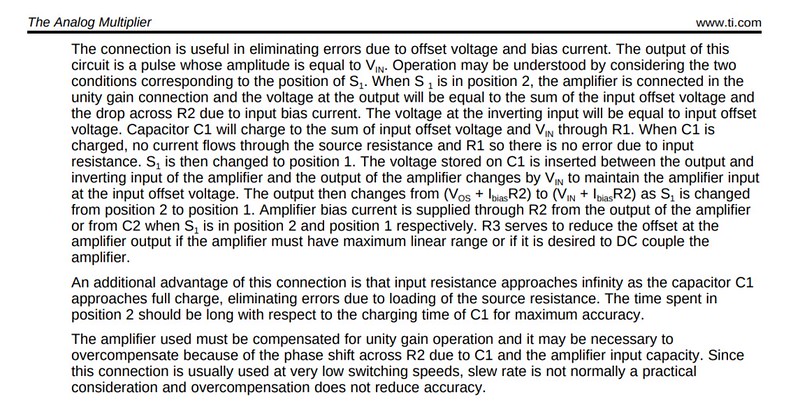Hello friends,
I have a Julie Research Labs Kelvin Varley Divider, and I'm trying to make it usable as a precision voltage source.

When I first received the unit it wasnt working optimally, on certain dial settings the readings would be "jumpy" and not stable. No amount of turning the knobs cleaned the switches enough to work properly. This past weekend I gave the switches a thorough cleaning with contact cleaner and De-oxit, now the divider is working much better. There still is a small amount of loading error though, that I'm hoping to address with a properly designed buffer.
Here's what I've observed with the loading error-
Starting with an aged and stable AD587 (which outputs slightly over 10V) as the voltage source to the divider, and a DMM with 10G input impedance to read the output. Then adjusted the knobs until the DMM reads exactly 10.00000V.
Next adjusted the primary dial from 9->0, 1 volt at a time. Here's the readings:
8.99995
7.99992
6.99990
5.99988
4.99986
3.99984
2.99982
1.99981
0.99980
So I lose ~200uV over the range of the first dial. I'd like to improve this. Also I'd like a higher output current than the divider can provide. Examining the selection of low bias current opamps, I found the ADA4530. Its not cheap at 25 bucks, but it seems to fit my needs: 20 femtoamps @ 25C bias current, different offset voltages for different common mode voltage. I was hoping to get some pointers on how I might design a buffer to to correct the offset voltage for different input voltages.
To start I was thinking something kind of like this, please let me know if I've made any mistakes:

would this configuration be appropriate to correct for offset voltages? Or perhaps using a DAC instead of 5V as the source to the pot? Or would it make sense to implement some sort of autozero function? Reading the datasheet the input must be carefully guarded to get the low bias current, I'm not sure if having switches connected to the non inverting input would be a bad idea for leakage currents?
I was trying to think of ways to reduce any bias current drawn from the divider, and thought there must be some way to provide part of the bias current from the output. Would something like this work?

Looking through various app notes, I saw this interesting circuit, which is supposed to have near infinite input impedance as the output voltage approaches the input voltage:


Any thoughts you guys have? Thanks so much!!

Edit: I should also mention I've attempted making a buffer already. I tried both the LTC2057, & the AD8638. They both gave nearly identical results. So starting with an output from the divider that reads 10.00000 on the meter, then inputting that to buffer, then reading buffer output with meter, here's the numbers I got:
9.99985
8.99979
7.99977
6.99975
5.99972
4.99970
3.99968
2.99966
1.99964
0.99962